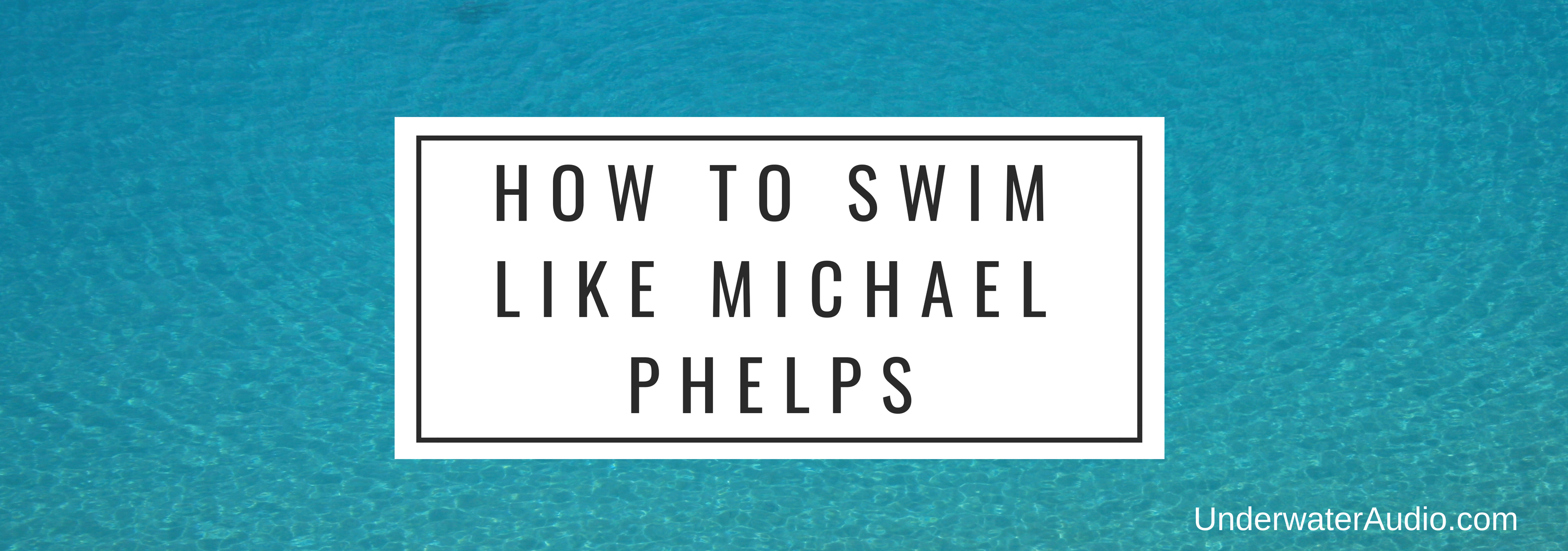Ready to improve your swimming routine, but bored and overwhelmed by Google’s list of training tips for triathletes?
The list of ways to improve your swimming technique is as vast and varied as an age group triathlon roster. Regardless of your goals or experience level, however, incorporating these elements into your swimming routine will increase endurance and speed while refining technique:
1. Warm-up on a stretch chord
The path your hand follows through the water with every stroke is extremely important – changing the pitch or underwater sweep pattern even slightly can yield big increases in efficiency. Focus on your upper body technique without distraction by warming up with at least 5-10 minutes of repetitive pull-downs on a stretch chord. This exercise also increases shoulder flexibility and overall strength, and can be completed in intervals or with more resistance for a full workout when you can’t get to the pool. For even greater difficulty, engage your core by lying on a Swiss ball.
2. Float around
Many triathletes are bottom-heavy; the dense muscles built while running and biking throw balance off in the water, and encourage a hunched posture. Start and finish each workout with T-floats – envision a “T,” in which the lines run down your spine, and across your chest at the breast line. At approximately the middle of your sternum is the natural center of your body’s balance scale. Whether on your back or stomach, imagine that you are pushing down on this center of the “T.” When properly balanced, you can float comfortably in this position on your front, without moving your legs to keep them afloat, and can breathe easily while on your back. The better balanced you are in the water, the more efficiently you will rotate from side to side while swimming, and the more effective each stroke will be.
3. Stretch
Proper technique, including bilateral breathing, requires a fluid rotation around the centerline of the body; an extended range of motion is not possible if you are so tight that you can’t turn your neck to the side or push your arms into a streamline position. Take additional stretch breaks throughout the day, and focus on your shoulders, neck, upper back, lats, and hips.
4. Think horizontally
Just because you’re strong, doesn’t mean you are in swimming shape – muscle fibers work very differently to propel a horizontal body through the water, than they do while running or biking. If you are uncomfortable in the water and struggling to maintain good form, throw on a pair of fins or Zoomers, a cut-off fin with a short flipper, to provide a little extra buoyancy while you work on your overall technique.
5. Find a coach, or join a local swimming club
When the number of tweaks you can make to your form is endless, from the angle of your hand to the way you fill your lungs when you breathe, nothing beats a professional opinion.
6. Get in the ocean
If you’re going to race in open water, train there, at least some of the time. Don’t have access to anything other than a pool? Black out parts of your goggles, or ask training partners to stand around the edges and splash and kick water at you while you swim. Intentionally crowding lanes with slower swimmers, or having someone turn a hose on you are also good ways to prepare for the spray, chaos, and crowd that will ruin even the best technique on race day.
7. Listen to music

Bored staring at a stripe on the bottom of a pool? Avid runners and bikers may miss the stimulation of a changing environment. Liven things up by investing in an underwater audio ipod.
Whether you incorporate one or several tips at once, it is possible to immediately spice up your swimming routine. Which will you try first?



Leave a comment
All comments are moderated before being published.
This site is protected by hCaptcha and the hCaptcha Privacy Policy and Terms of Service apply.